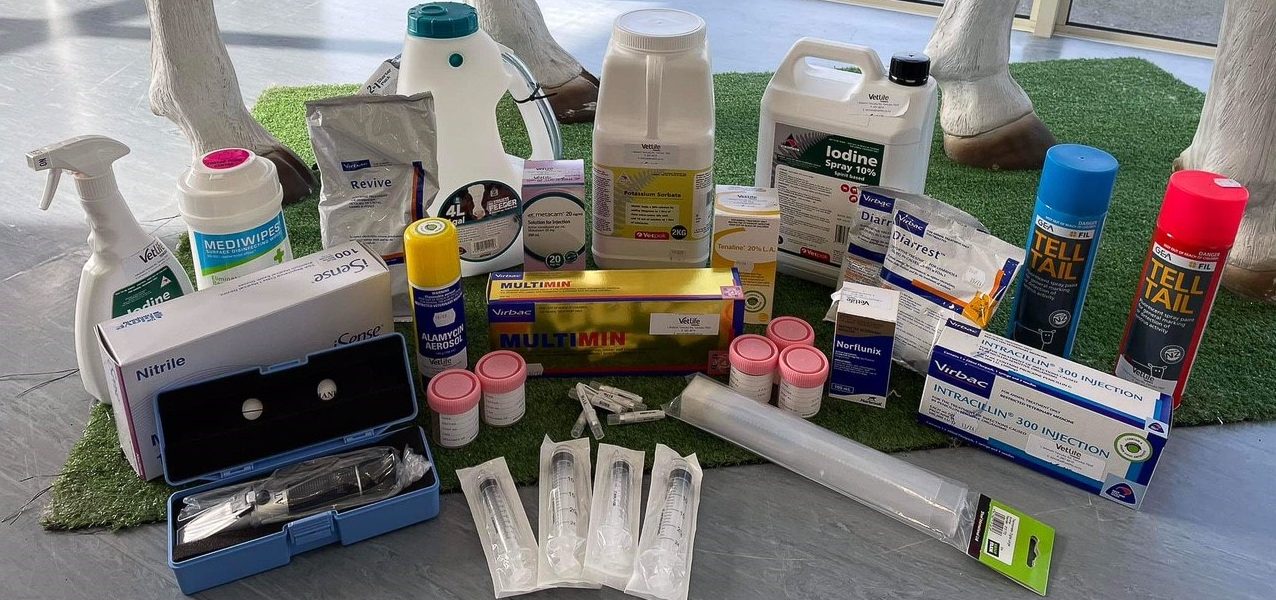
Getting through calving is a little like running a marathon – it can be tough at times, you need to stay mentally strong even when exhausted, and to achieve your best, preparation is key.
Firstly, organisation is essential, but this comes more naturally to some people than others. So, for those of you who struggle with this, here are a few simple practical tips:
Ensure the calf shed is clean and disinfected, with all repairs and maintenance complete. The calf trailer and feeding equipment need to be clean and disinfected. Get fresh bedding into the shed. Have a plan for shelter in the outdoor paddocks if the weather turns bad. Young calves do not have a rumen to keep them warm like cows do, so we need to give them a bit more help!
Calves need to have access to clean water in every shed and paddock – this is a legal requirement and essential, even when calves are on ad-lib milk. Often troughs get leaky, so make sure repairs are sorted out well ahead of time and that any feed troughs and hay racks are positioned up high to avoid being contaminated.
An emergency drug toolkit is a must around calving. Discuss the details with your vet, but you may want to include:
Scour vaccines for cows, such as Rotavec® and ScourGuard®, can be invaluable in preventing rotavirus over calving. Good colostrum management is essential to enable these vaccines to work. Salvexin®+B can also be given to calves from an early age to prevent salmonella.
Multimin® – injecting 1ml as calves enter the shed on day one has been shown to boost their immune response and halve sickness and mortality.

OptiCalf® is an alumino silicate that absorbs liquids and cations. It seems to reduce nutritional scour and prevent scour problems. Sprinkled on meal, calves love the taste, and it encourages them to dig into the meal.
Finally, make sure you are comfortable with how you are going to run things and that your staff are fully trained (including people collecting calves from the paddock and milking colostrum cows). At Vetlife we offer Future Cow consults which we tailor to your farm – they are often a mix of advising on best calf-rearing procedures for your farm and educating your staff. Come and talk to us and see how we can assist you in fine-tuning your plan.